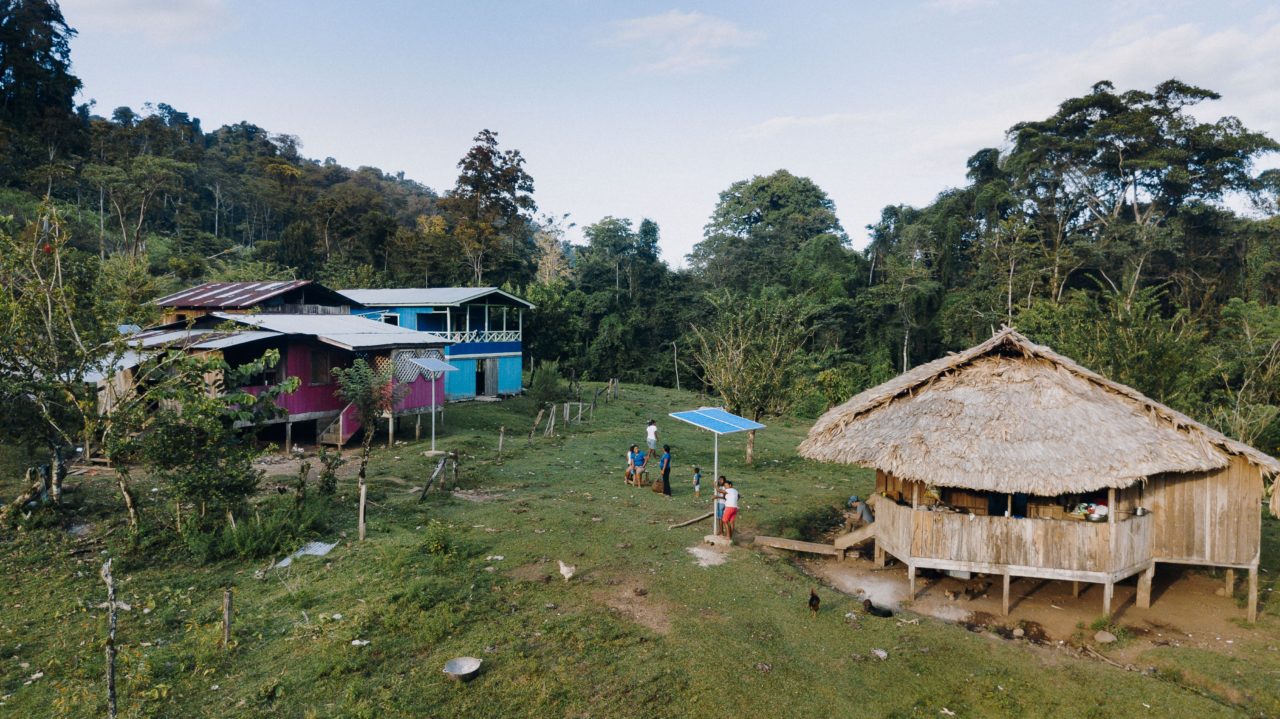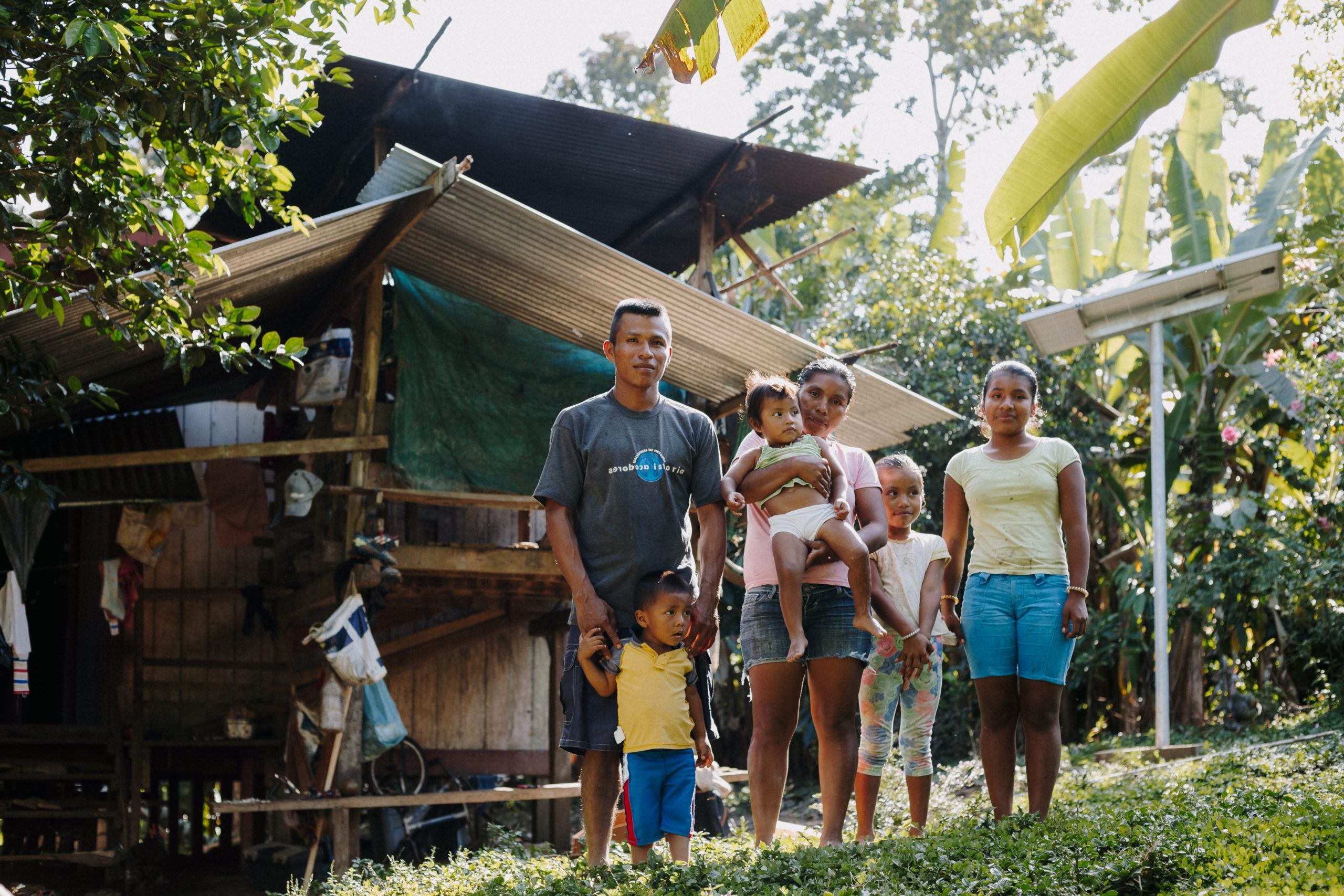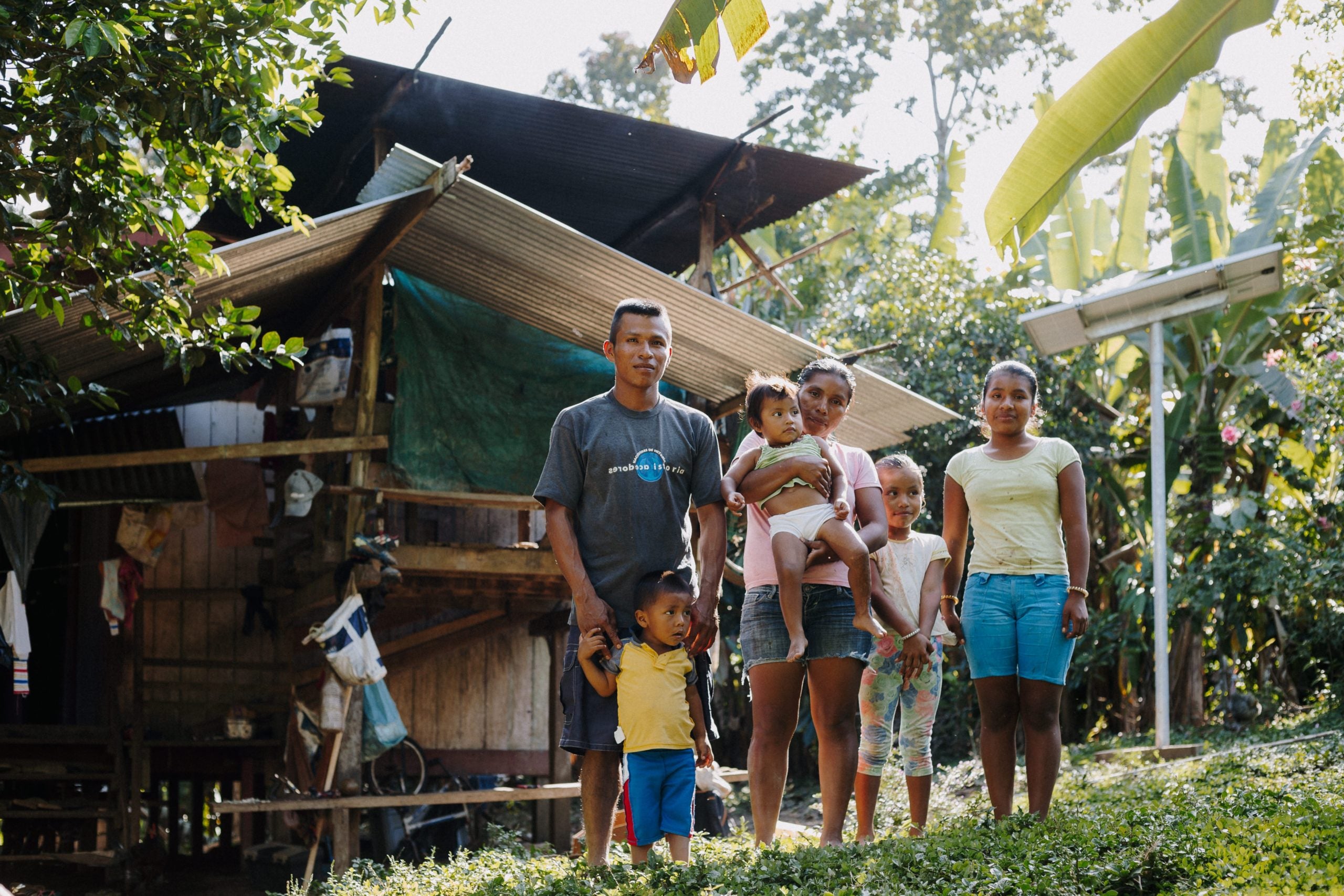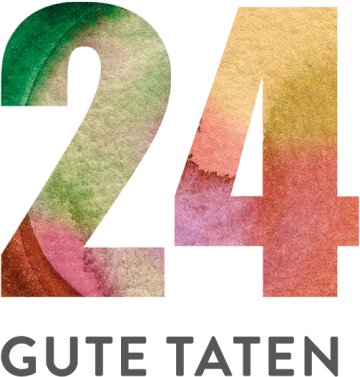Day 21
3 days of solar power for an indigenous family in Panama
 Access to sustainable energy for all
Access to sustainable energy for all


Protecting indigenous peoples and rainforests in Panama

need
Electricity supply for indigenous families in the tropical rainforest of Panama.
activity
Procurement of solar systems and training of indigenous solar technicians to install and maintain the systems.
Measurable performance
Number of indigenous families with sustainable access to solar energy.
Result
The families gain a new quality of life and opportunities for development. Children can learn better for school. Illegal deforestation of Panama's rainforests can be avoided.
Systemically relevant impact
The self-determined way of life and the rights of the indigenous communities are improved. In addition, the rainforests and their biodiversity are better protected.
background


The good deed
AboutPanama

Panama City
Capital city

4 314 768
Population
12,269.0
Gross domestic product
per capita per year
Rank 57 of 189
Human Development Index
(Human Development Index)




